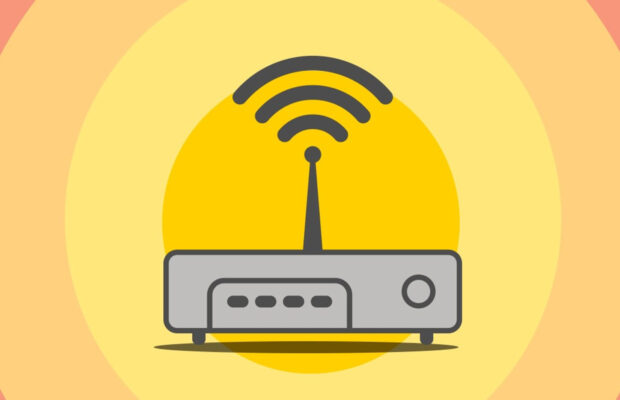Easy Ways To Secure Your Home Network

Some cyber-criminals will stop at nothing to gain access to people’s home networks. After finding their way onto private networks, these individuals set to work stealing personal information, spreading malicious software and engaging in other flagrant violations of privacy. Luckily, preventing unwelcome visitors from infiltrating your home network doesn’t have to be an arduous undertaking. In the quest to secure your home network, a little bit of caution and forward thinking can prove invaluable.
Password Protection
When working to ensure the security of your home network, password protection is the absolute least you can do. This will ensure that getting onto your network is all but impossible for people not in possession of the password. While it’s true that some seasoned hackers are able to find ways around password protection, this precaution will effectively deter the vast majority of home network invaders. Many data thieves lack the time, incentive or interest to attempt breaching a password-protected network – and if they discover that admission to your network requires a password, they’re likely to move on to less cautious targets.
However, this isn’t to say that just any password will suffice. Since experienced hackers often attempt to guess passwords, it’s in your best interest to get creative. This means avoiding common phrases, expressions and strings of numbers. While such passwords may be easy for you to remember, they’re also easy for cyber-criminals to guess. For best results, opt for complete nonsense – and take care to write it down. As an added precaution, many people make a point of changing their network passwords on a consistent basis.
Change Your Network’s Default Name
While password protection will deter a large percentage of cyber-criminals, it’s not always enough to discourage seasoned hackers, who are often highly adept at hacking specific types of modems. Making their job easier is the fact that many modems have default network names that contain their manufacturer and model number. Needless to say, if a hacker discovers that your home network is facilitated by a modem he or she is familiar with, they won’t hesitate to get to work.
Fortunately, changing the name of your home network is a fairly simple undertaking. The exact mechanics vary from modem to modem, but upon logging in to your modem’s user menu, you should easily be able to access the appropriate settings. If you’re unclear on how to perform either of these tasks, simply consult your modem’s owner’s manual of the manufacturer’s website. Additionally, when deciding on a network name, steer clear of anything that gives away personal information. For example, avoid including your first name, last name or address – or anything that even hints at your identity.
Disable SSID
Disabling your network’s SSID is an effective way to take it off the radar of many cyber-criminals. When the SSID is enabled, it regularly broadcasts the name of your network, making it visible to a number of third parties. While this feature is convenient for public networks and WiFi hotspots, it’s of no practical use for a closed network in a private residence. Although some modems don’t allow administrators to disable SSID, a significant number of them do. If you’re unclear on whether this option is open to you, your modem’s administration menu and/or owner’s manual likely hold the answers you seek.
Enable Wireless Encryption
Enabling wireless encryption can also prove useful in the fight against hackers. As the name suggests, this measure encrypts messages sent over wireless networks, making them exceedingly difficult for third parties to read. In recent years, WPA and WPA2 have risen to prominence as the most popular forms of wireless encryption. However, determining which form of the encryption is best suited to your modem and wireless network may require a visit to the manufacturer’s website and/or a little bit of online research.
Having your home network breached can give rise to a plethora of headaches. An unscrupulous third party compromising your privacy, stealing personal data and being privy to your financial information is truly a scary thought. Fortunately, keeping uninvited guests off your home network isn’t nearly as daunting as many people think. In the fight against home network infiltrators, a small amount of effort can go a long way. Armed with the previously discussed pointers, protecting your home network from hackers, information thieves and other cyber-criminals doesn’t have to be difficult, costly or time-consuming.










 © 2024
© 2024
0 comments